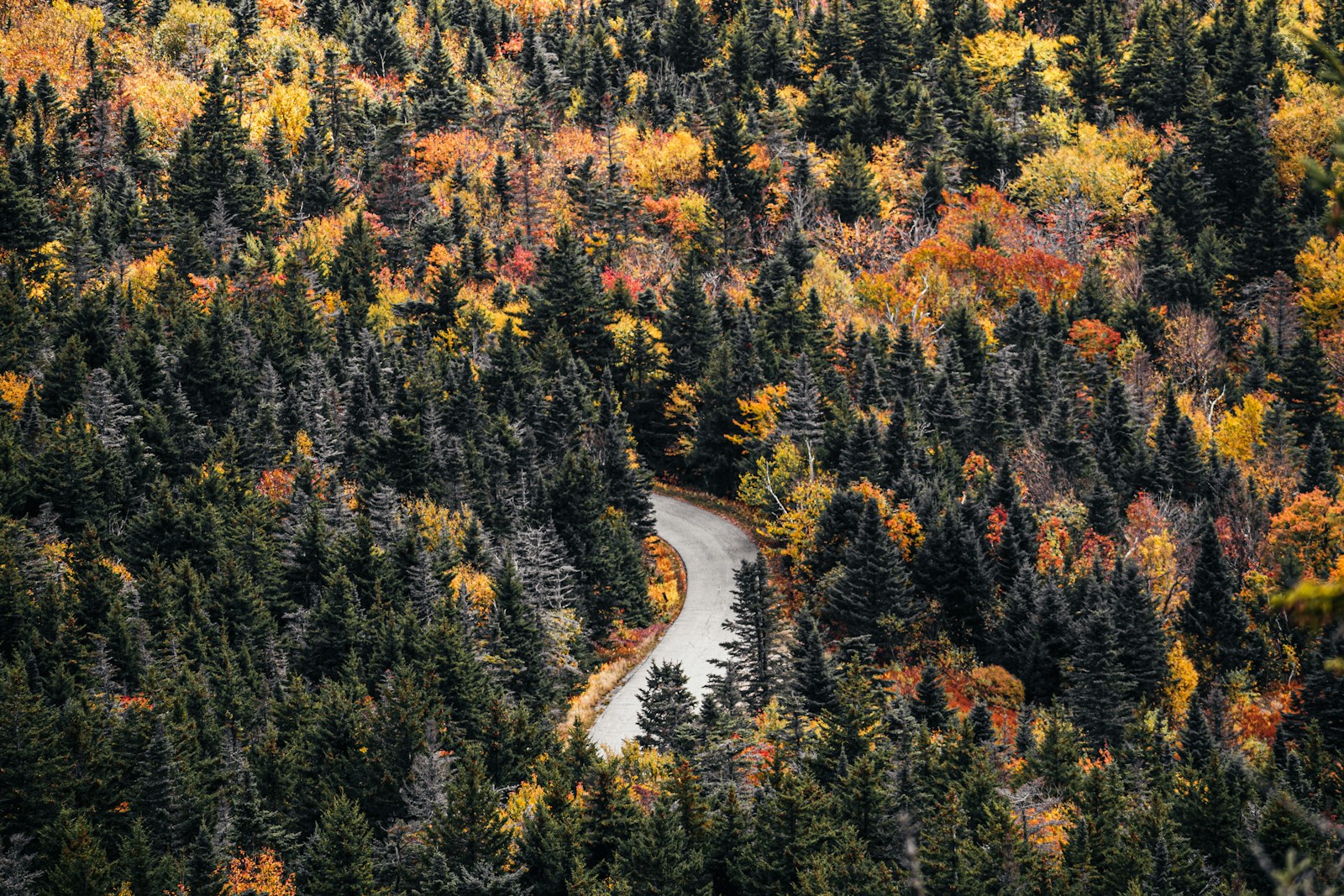As autumn paints the landscape in brilliant hues of crimson, amber, and gold, wildlife across North America begins their seasonal preparations. Fall represents a time of migration, mating, and foraging—creating perfect opportunities for wildlife enthusiasts to witness extraordinary animal behaviors against breathtaking seasonal backdrops. From elk bugling in misty mountain valleys to massive bird migrations along coastal highways, fall drives offer some of the most rewarding wildlife viewing experiences of the year. The cooling temperatures trigger remarkable animal activity while making outdoor viewing more comfortable for human observers. This guide explores twelve spectacular scenic routes where the combination of fall foliage and wildlife activity creates unforgettable natural displays, with tips on when to go, what to look for, and how to maximize your wildlife encounters while respecting these precious creatures in their natural habitats.
Blue Ridge Parkway – Virginia and North Carolina
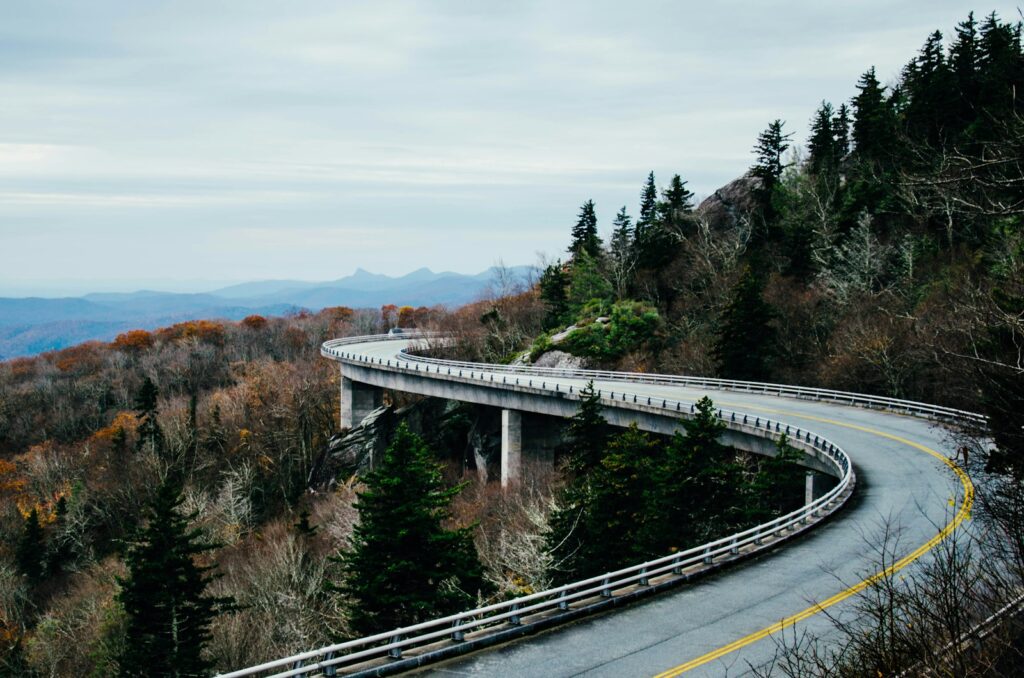
Winding 469 miles through the Appalachian Highlands, the Blue Ridge Parkway offers one of America’s most celebrated autumn drives with abundant wildlife viewing opportunities. Black bears become particularly visible in fall as they intensify their foraging before winter hibernation, often spotted feasting on berries along the roadside meadows and forest edges. White-tailed deer venture out at dawn and dusk, their rust-colored coats blending harmoniously with the fall foliage. The parkway’s varied elevations create a prolonged fall color season from late September through early November, allowing visitors to “chase” peak foliage by adjusting their altitude during their journey. Birdwatchers should keep binoculars ready for migrating raptors like broad-winged hawks and peregrine falcons that utilize the mountain ridges as navigational guides during their southern migration.
Lamar Valley – Yellowstone National Park, Wyoming
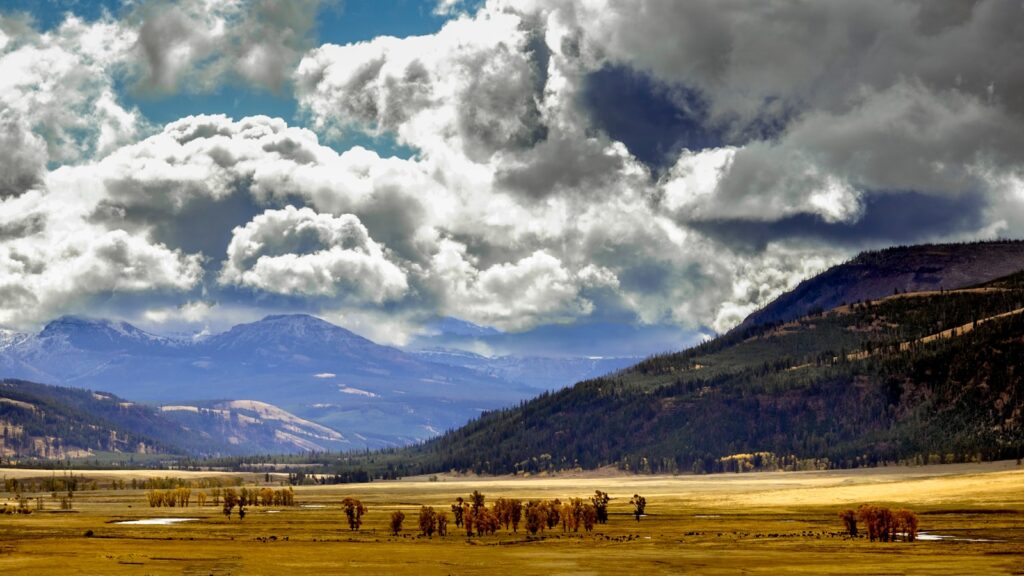
Often called “America’s Serengeti,” Yellowstone’s Lamar Valley transforms into a wildlife viewing paradise during autumn when summer crowds disperse and animals become more active. The valley’s vast open meadows offer unobstructed views of North America’s most complete large mammal ecosystem, with wolf packs, grizzly bears, and massive bison herds dominating the landscape. Fall brings the elk rut, when massive bulls bugle haunting challenges across frost-covered valleys while competing for females. Visitors in September and October may witness dramatic confrontations between rival bull elk with their impressive antler displays. As temperatures drop, animals descend from higher elevations, concentrating wildlife in the valley bottoms where they’re more easily observed from the safe distance of your vehicle or roadside pullouts.
Natchez Trace Parkway – Mississippi, Alabama, and Tennessee
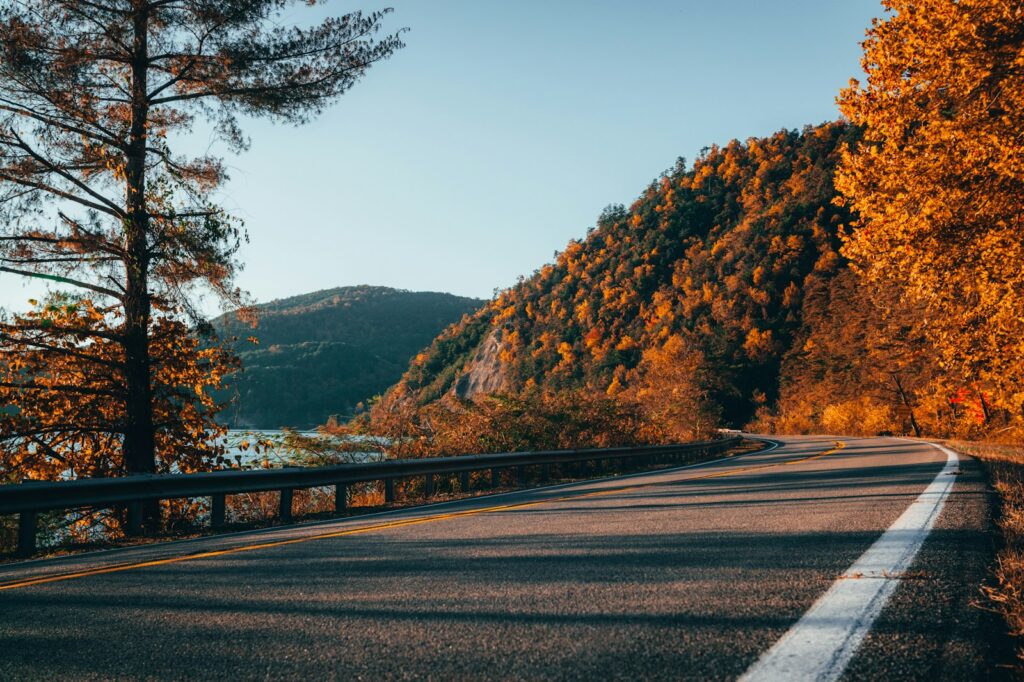
This historic 444-mile route follows ancient Native American pathways through three states, offering a gentler, more subtle autumn experience rich with diverse wildlife. The parkway’s protected corridor serves as crucial habitat for over 1,500 plant species, 33 mammal species, and 134 bird species, many of which become more active during fall migrations. White-tailed deer are abundant throughout, particularly at dawn and dusk when they emerge to feed in the golden light. Birders should visit the cypress swamps and wetlands along the southern portions of the Trace, where herons, egrets, and waterfowl gather in impressive numbers during migration. The Trace’s varied ecosystems from hardwood forests to prairie remnants mean wildlife viewers can experience several distinct habitats in a single day’s drive, with peak fall colors typically arriving in late October to early November.
Trail Ridge Road – Rocky Mountain National Park, Colorado
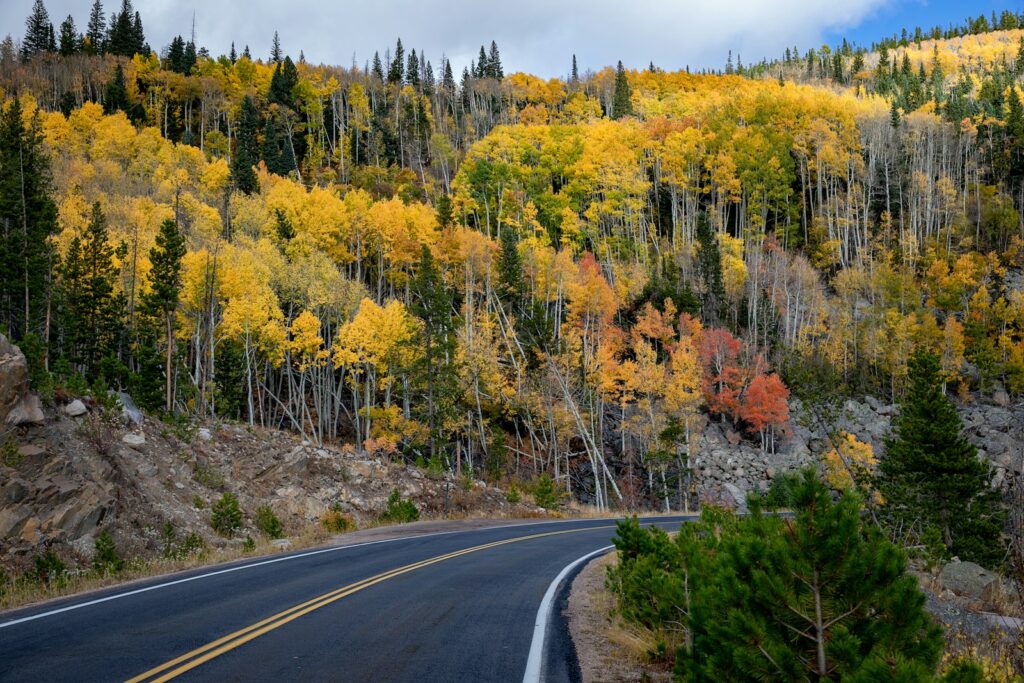
Rising to over 12,000 feet, Trail Ridge Road offers a spectacular high-altitude wildlife experience before closing for winter (typically mid-October). Fall drives along America’s highest continuous paved road provide front-row seats to the elk rut, when thousands of elk descend from summer alpine meadows into lower valleys. The haunting bugle calls of bull elk echo through golden aspen groves and across tundra landscapes beginning in mid-September, with prime viewing at Moraine Park, Horseshoe Park, and Upper Beaver Meadows. Bighorn sheep engage in dramatic head-butting contests on rocky slopes, easily visible from roadside pullouts with a spotting scope or binoculars. Visitors should arrive early, as wildlife is most active around dawn, and afternoon thunderstorms can develop quickly at high elevations during early fall.
Seward Highway – Alaska
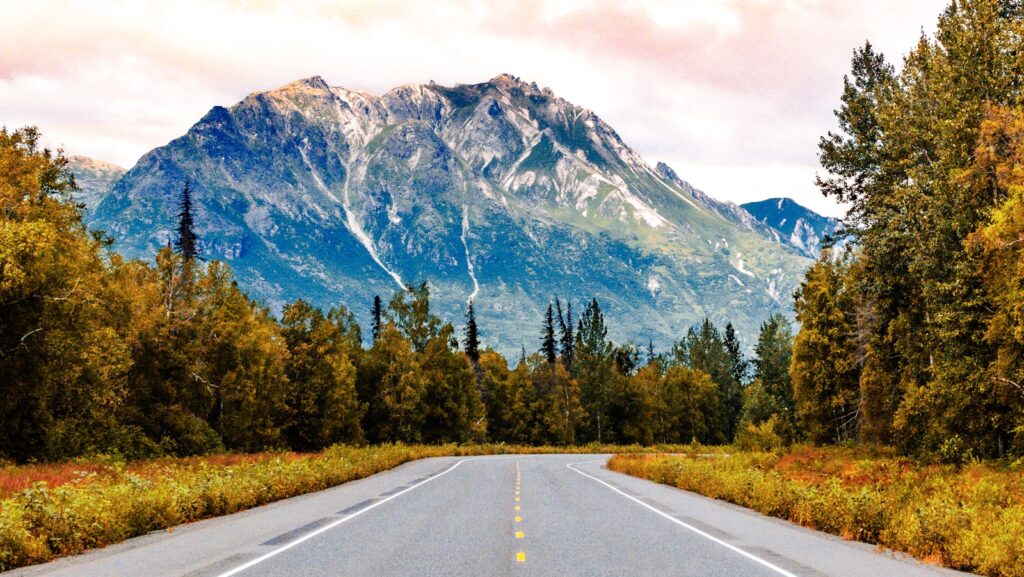
This 127-mile National Scenic Byway connecting Anchorage to Seward delivers perhaps America’s most dramatic wildlife viewing against a backdrop of early autumn colors beginning in late August. The road hugs the shoreline of Turnagain Arm, where beluga whales chase salmon runs into the narrow inlet, often visible from roadside pullouts along Cook Inlet. Dall sheep cling to impossibly steep cliffs directly above the highway near Windy Point, their white coats standing out dramatically against the tundra’s red and gold autumn hues. As fall progresses, moose descend from higher elevations into roadside areas, while black bears feast on late-season berries on open hillsides. The highway’s proximity to both marine and mountain environments creates an exceptional diversity of wildlife viewing opportunities, though visitors should be prepared for rapidly changing weather conditions typical of Alaskan autumn.
Skyline Drive – Shenandoah National Park, Virginia
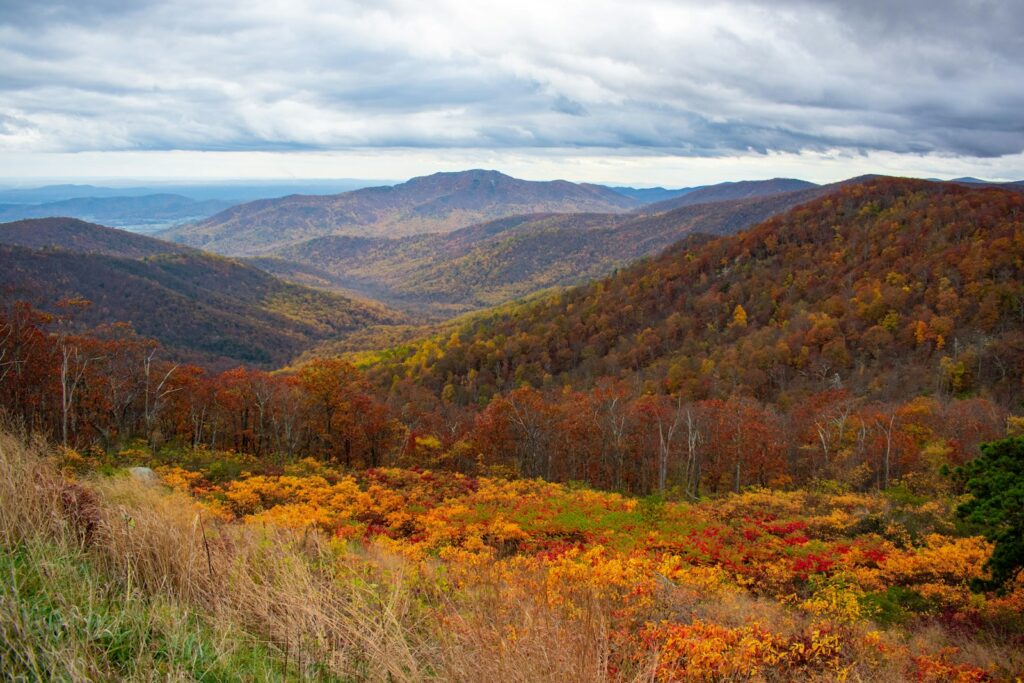
Running 105 miles along the crest of the Blue Ridge Mountains, Skyline Drive cuts through the heart of Shenandoah National Park’s hardwood forests as they erupt in spectacular fall colors. The park’s 300+ black bears become particularly active during autumn, feeding intensively on acorns, nuts, and berries to prepare for winter dormancy. Herds of white-tailed deer graze in mountain meadows throughout the day, their reddish fall coats blending with the changing foliage. More than 200 bird species inhabit or migrate through Shenandoah, with fall bringing impressive hawk migrations visible from overlooks like Rockytop and Jeremys Run. Shenandoah’s 75 overlooks make it particularly driver-friendly for wildlife viewing, with peak fall colors typically occurring in mid-October and moving from higher elevations to lower as the season progresses.
Kancamagus Highway – New Hampshire
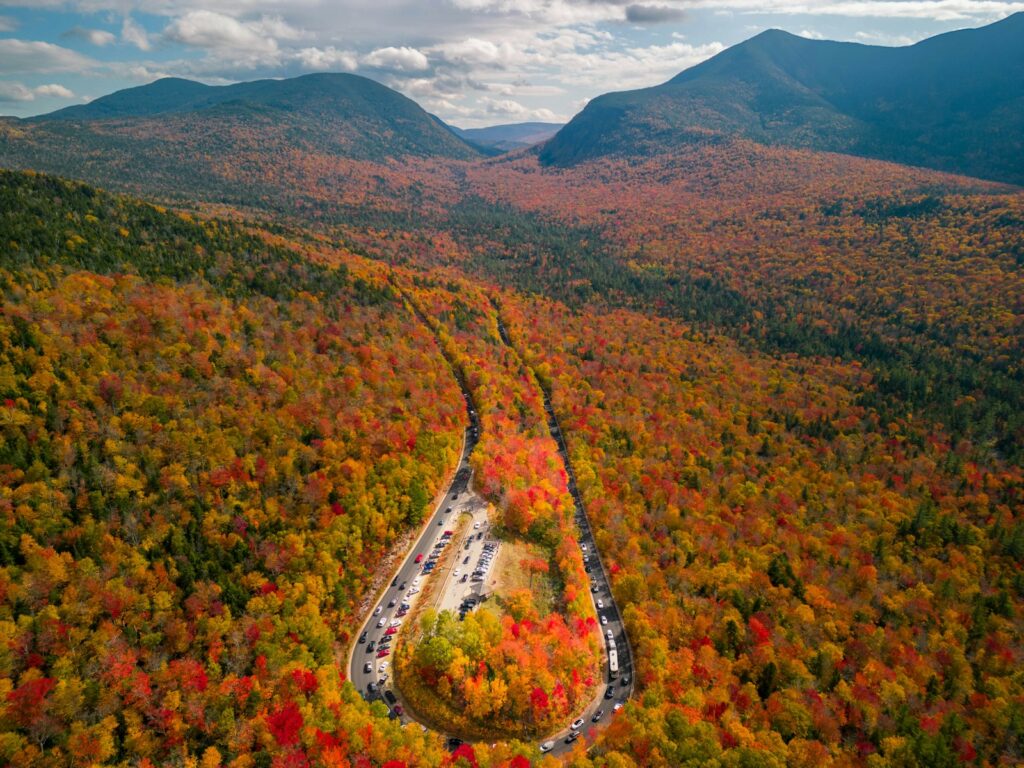
This 34.5-mile stretch of Route 112 cutting through the heart of New Hampshire’s White Mountain National Forest offers iconic New England fall foliage viewing paired with excellent wildlife opportunities. The largely undeveloped corridor preserves pristine habitat for moose, which become particularly active during their fall rut in late September and early October. Dawn and dusk drives offer the best chances to spot these massive animals browsing in wetland areas, particularly near Lily Pond. American black bears forage intensively along forested sections as they prepare for winter, while beavers work frantically to prepare their lodges before water freezes. The Swift River parallels much of the route, attracting various wildlife to its banks and providing opportunities to spot river otters playing among the fallen leaves.
Going-to-the-Sun Road – Glacier National Park, Montana
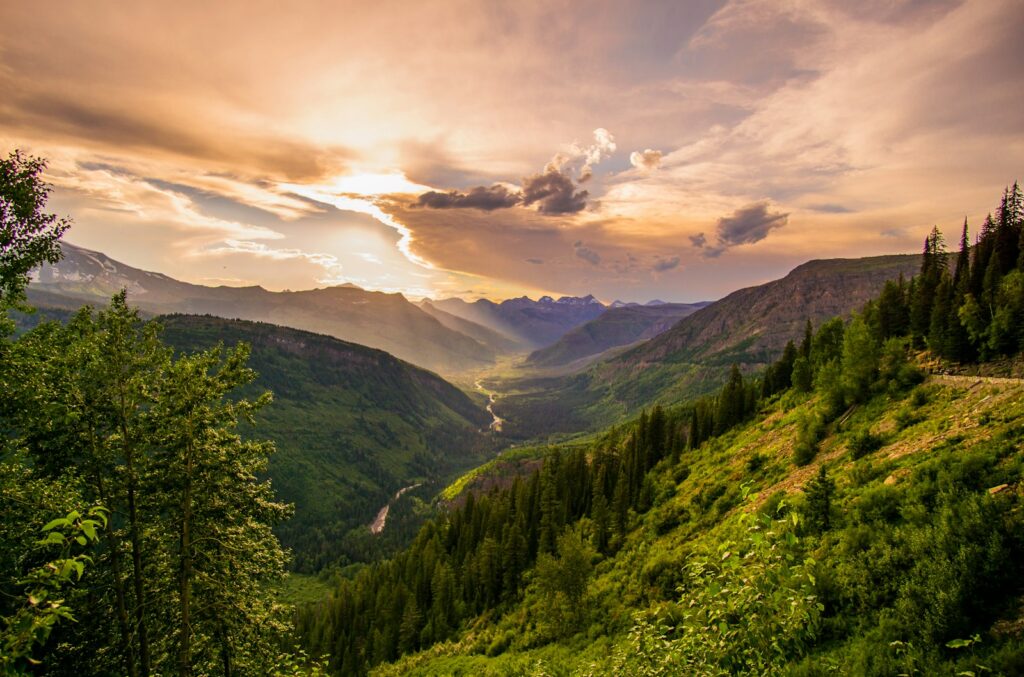
This engineering marvel traversing Glacier National Park delivers breathtaking alpine scenery and exceptional wildlife viewing opportunities before its seasonal closure (typically mid-October). Fall brings mountain goats and bighorn sheep down from summer ranges to more accessible viewing areas near Logan Pass and the Weeping Wall. Grizzly bears become highly visible in autumn as they dig for roots and ground squirrels on open hillsides, fattening up before hibernation. The larch trees unique to this northern ecosystem turn a brilliant gold in late September, creating a spectacular backdrop for wildlife photography. Early morning drives offer the best combination of wildlife activity, fall lighting, and smaller crowds compared to the peak summer season, though visitors should check road status as weather can cause partial closures by late September.
Coastal Highway 1 – California
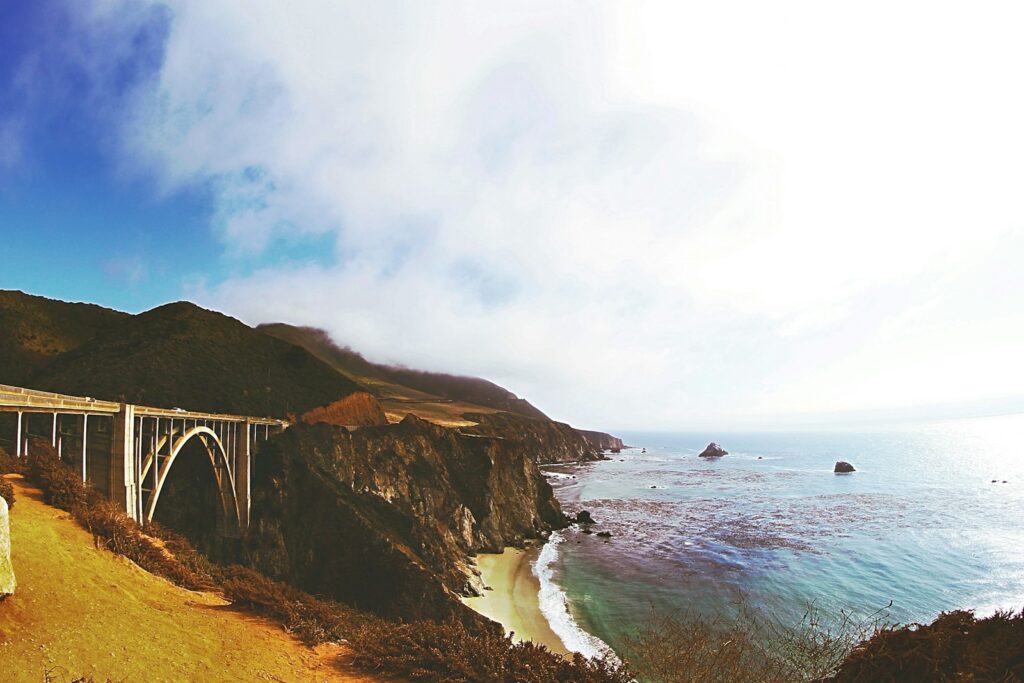
California’s iconic coastal route transforms into a remarkable wildlife corridor during fall migrations. The northern sections near Mendocino and the Big Sur coastline offer exceptional opportunities to spot gray whales beginning their southern migration in November, visible from numerous roadside turnouts and state park overlooks. Monarch butterflies arrive at their overwintering grounds along central coast groves, creating spectacular orange clusters visible among eucalyptus trees. Harbor seals and sea lions congregate along rocky shorelines, their populations growing as seasonal movements bring them to protected coves. Fall also brings dramatic elephant seal activity at viewing areas like Año Nuevo State Park and Piedras Blancas, where massive bulls begin arriving to establish breeding territories ahead of the winter mating season.
Denali Park Road – Alaska
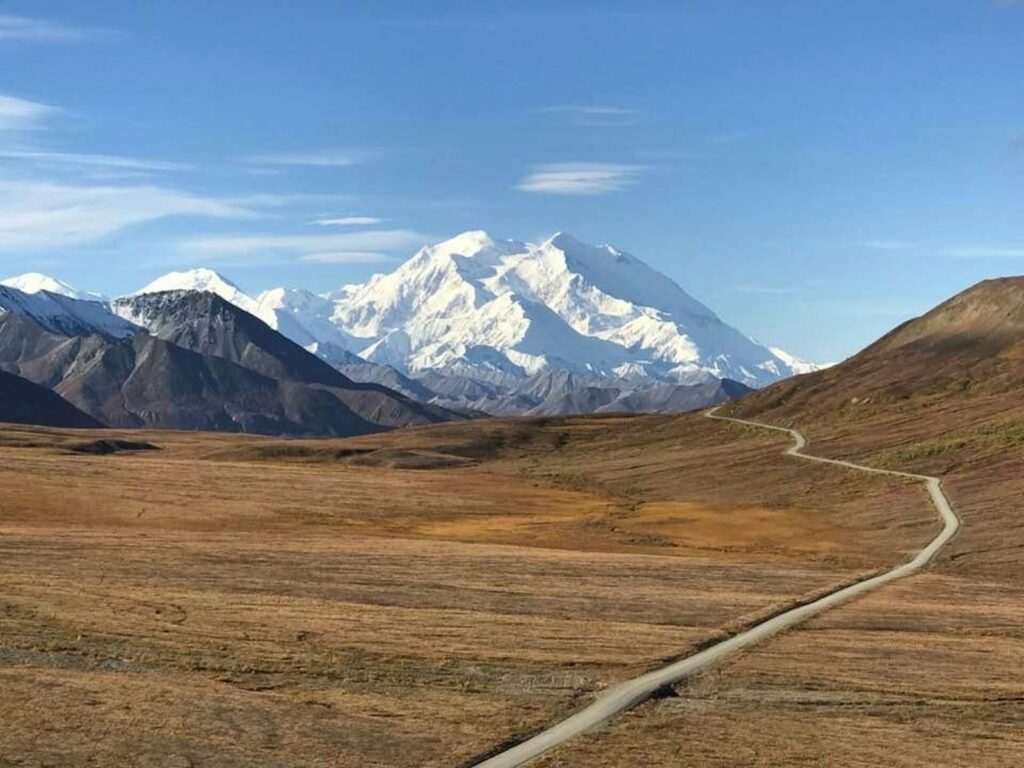
While private vehicle access is limited to the first 15 miles of this 92-mile road, fall shuttles and tour buses continue operating into September, offering exceptional wildlife viewing as Denali National Park’s landscapes transform into vibrant autumn colors. The road traverses open tundra where caribou gather in large herds during their fall migration, their antlers fully developed for the upcoming rut. Grizzly bears become highly visible as they intensively forage on berries, creating excellent spotting opportunities against the tundra’s red and gold fall palette. Moose emerge from summer forest cover into open valleys during their September rutting season, when massive bulls spar for mating rights. The park’s famous “Big Five” (bears, wolves, Dall sheep, caribou, and moose) are often most visible during this fall transition when animals are active and vegetation thins.
Great Smoky Mountains – Tennessee and North Carolina
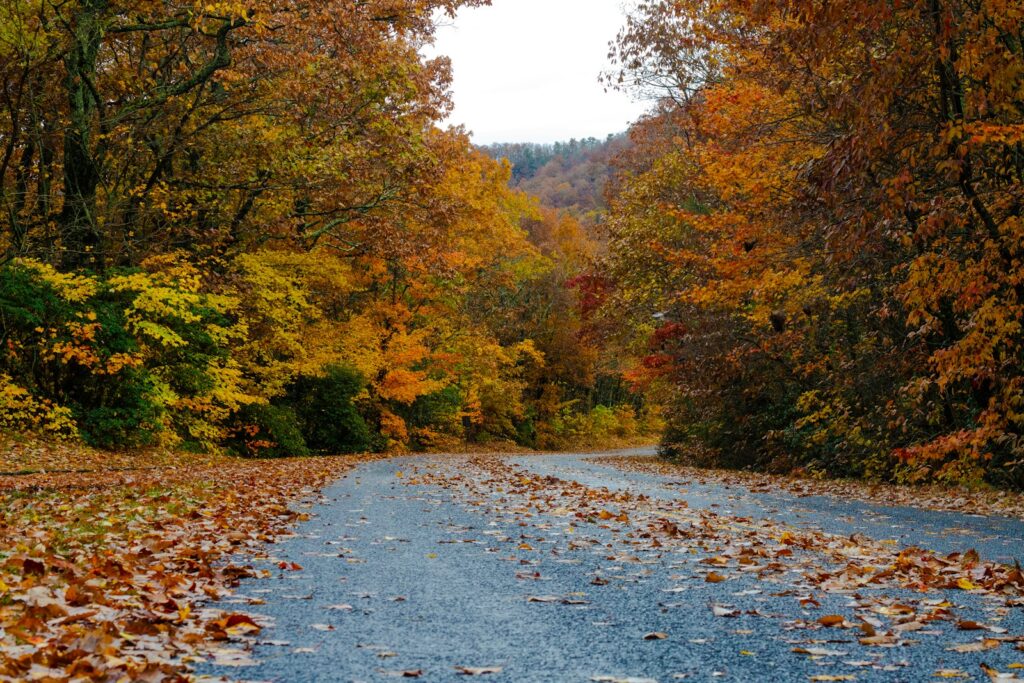
The roadways winding through America’s most visited national park become wildlife corridors during autumn as animals prepare for winter amid spectacular fall colors. Newfound Gap Road and Cades Cove Loop Road offer excellent opportunities to view black bears feeding on autumn berries and nuts, with over 1,500 bears inhabiting the park’s dense forests. The park hosts one of the country’s largest elk herds in Cataloochee Valley, where September and October bring dramatic rutting behavior with bulls bugling and clashing among golden valleys. Over 200 bird species move through the park during fall migrations, with hawk watching particularly rewarding from high elevation overlooks. The park’s famous synchronous fireflies have long since completed their early summer displays, but fall brings a different light show as the park’s 100+ tree species transform in successive waves of color change from September through early November.
Wildlife Drive – Blackwater National Wildlife Refuge, Maryland
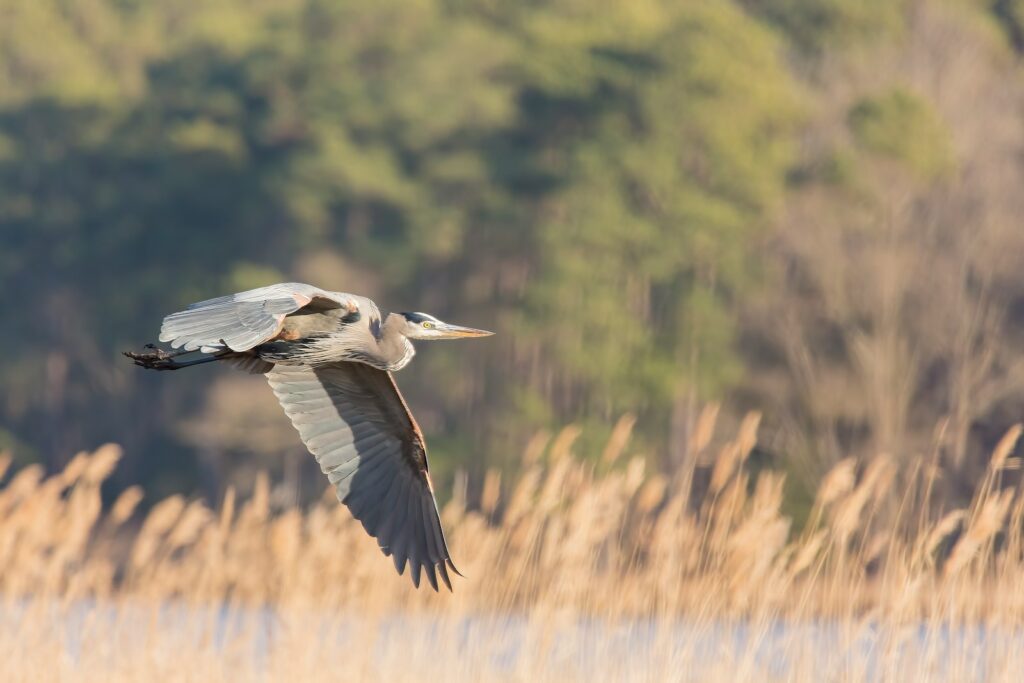
This short but wildlife-rich 4.5-mile loop through Maryland’s Eastern Shore becomes one of the East Coast’s premier bird-watching destinations during fall migration. By November, up to 35,000 geese and 15,000 ducks descend upon the refuge’s protected wetlands, creating spectacular scenes as massive flocks arrive in formation against brilliant autumn skies. The drive traverses multiple habitats including marshes, forests, and fields, offering opportunities to spot the refuge’s growing population of reintroduced Delmarva fox squirrels, a once-endangered species now thriving in protected woodlands. Bald eagles reach peak numbers in November, with over 200 eagles sometimes counted in a single day as they hunt among waterfowl concentrations. The refuge’s flat landscape and purpose-built observation platforms make wildlife viewing accessible for photographers and families with children, with early morning and late afternoon providing optimal lighting conditions.
Conclusion
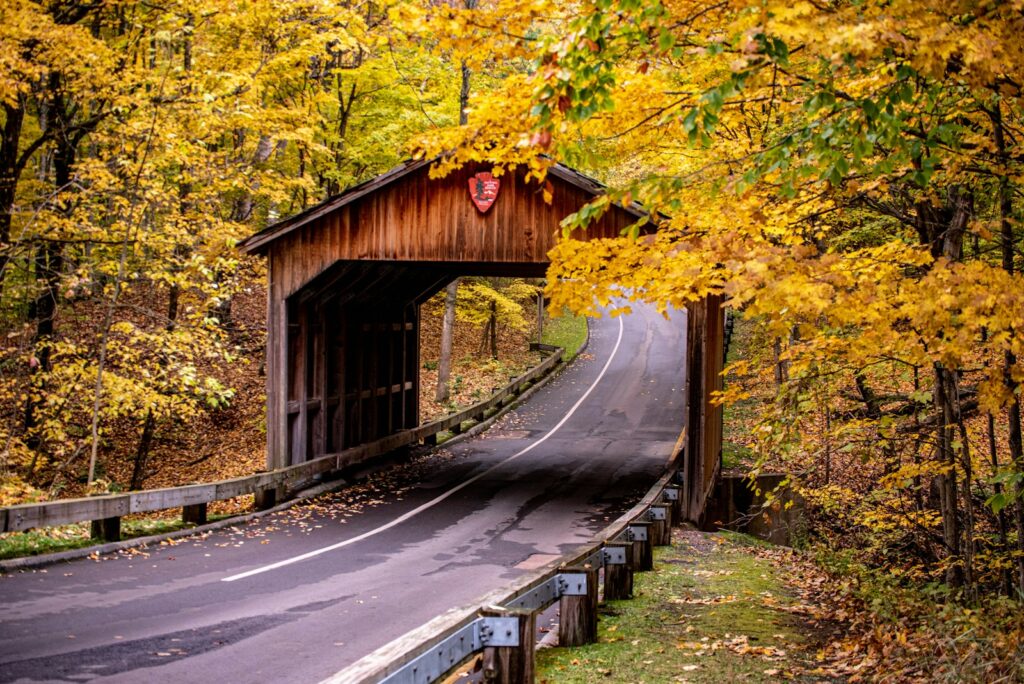
Fall’s transformation extends far beyond colorful leaves—it awakens extraordinary wildlife activity across North America’s diverse landscapes. These twelve scenic drives offer front-row seats to nature’s autumn performance, from elk bugling in mountain valleys to massive bird migrations along coastal wetlands. The combination of comfortable temperatures, reduced crowds, and increased animal activity makes autumn the perfect season for wildlife enthusiasts to hit the road. Whether you’re capturing magnificent bull elk with your camera against golden aspen groves or simply enjoying the peaceful sight of deer grazing in morning mist, these drives connect us with seasonal rhythms that have played out for millennia. As you plan your fall wildlife expedition, remember that patience, early starts, and proper viewing ethics will maximize your chances of meaningful encounters with these magnificent creatures as they prepare for the changing seasons ahead.

